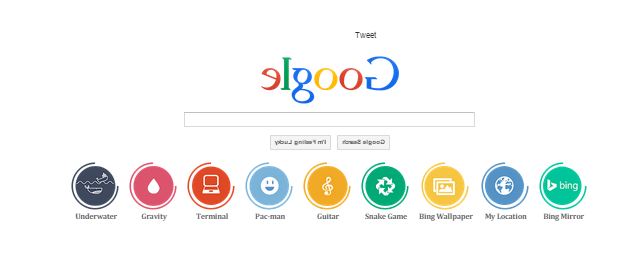In the Gulf, though, users have hit a problem: There are no Arab emojis - unless you count a generic turban-wearing guy, who could equally be a Sikh.
Keen to fill the void, two Dubai-based friends have launched an app starring shisha smokers, belly dancers and 200 other playful characters.
They called it "HALLA WALLA" - which is Arabic slang for "Hi there!", and a common greeting around Kuwait, Saudi Arabia and Bahrain.
Yasmine Rasool, 31, from Bahrain, and Eriko Varkey, 30, who is originally from Japan, hit on the idea during a trip to New York.
"It's been a cultural and social experiment for us," says Yasmine. "We actually started this because we were jumping between cities, and people were asking us, 'Okay, so what is it like in the Arab world?' Me and Eriko were trying to explain what the culture is like, the beauty and the richness of it."
Eriko Varkey (left) and Yasmine Rasool created HALLA WALLA to help explain Arab culture
They made an app for the modern Middle East, to match stories of loud families, endless cousin gatherings, fashion statements, fast cars, strong feelings and late-night trips for shawarma (a much-loved meat wrap).
"People would ask me, do you have any rights, as a girl living there? And yeah, we have a lot of rights, actually," says Yasmine.
"A lot of people have such bad connotations about the Arab world, so we thought - okay, we need to explain it."
The HALLA emoticons include men in more conservative Islamic dress - the kandura, an ankle-length white robe, and the keffiyeh, a headdress. But others wear casual baseball caps.
Likewise the female emojis, which range from a bare-headed woman crying with laughter, to a girl in a loose hijab giving a flirty wink.
The emojis include a range of emotions - and sly Gulf jokes like a superbike and a blingy watch
"We really wanted to capture how fun-loving people are here - how everybody's comedic," Eriko says.
"Some of Yasmine's relatives are super-covered, they're conservative - but they're cheeky and fun-loving. Others are quite liberal, but also wear traditional dress.
"Our friends are mixed - we have some covered, some non-covered. So we really just wanted to capture all of that - to show that there's such a diversity here, especially in our generation."
Yasmine says one of their gifs - an animated snippet of a woman in a hijab, blowing a kiss - was inspired by her cousins.
"All of them are covered - but most of them are so cheeky," she laughs. "We are Arab, but we're like every other human being."
When HALLA WALLA was in the works, the duo met focus groups in Bahrain, Dubai and Saudi Arabia to find out which emojis they were pining for.
They then worked with London-based developers Oxygn Consulting to make an app for iOS and Android.
The emoji keyboard lets users pepper their texts, emails or Facebook chats with emojis, or send animated gifs.
Of course, some of the little emoticons have more fans than others.
After one too many stories about Arab playboys driving around with their pet tigers - there's an emoji for that
"I love the guy with the shisha and the heart," Yasmine sighs. "Like, a guy is blowing a heart from a shisha pipe! That doesn't happen. If I find that man - I'm gonna date him!"
Eriko favours the gifs, which include a woman contouring her make-up - a big trend for fashion-conscious Gulf girls.
She hopes HALLA WALLA will find pride of place in the big family WhatsApp groups that Arab relatives use to stay in touch - much like families in her native Japan.
"It's a beautiful marriage of the two countries," she smiles. "They're two worlds apart, but they're kind of similar."
The app's creators say foods are among their most requested emojis
Decoding the most popular Arab emojis
Shway-Shway
The shway-shway gif is an early hit with the app's users. Shway means "little", but two shways are a plea to slow down.
It's a popular saying with a matching gesture - a pinch formed with all the fingers and an upturned palm.
Eriko explains: "It basically means, 'wait, I'm coming!' or 'calm down!'"

Shway shway is a common phrase and a firm favourite on the app
Sword dancing man
It's a vaguely menacing man waving a sword over his head. What's he up to?
Eriko has the answer: "The guy holding up the sword is a very traditional dance that people do at weddings and celebrations."
Yep, it's the Ardah - or Arabian sword dance.
The Ardah sword dance - emojified
The female version features three long-haired women swishing their locks in unison.
"Oh! The girls dancing - that's a favourite one of mine," says Yasmine. "From childhood I always wanted long hair so I could copy the traditional dance!"
Hair tossing is a feature of traditional dance for some Arab women
The flying slipper
The HALLA creators burst out laughing when asked about this one.
"The slipper is basically - if you have done wrong, mother will bend down to pick up her slipper and throw it at you. And then you know that you should start running!"



















































